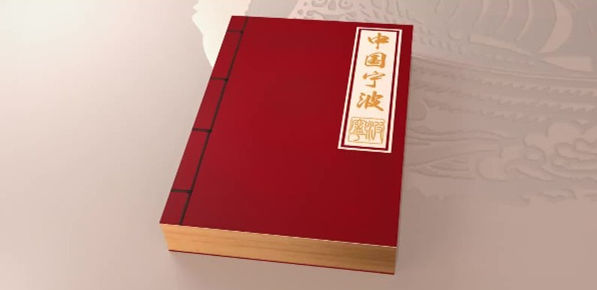Origin of Clogs
Clogs are generally called wooden slippers in Ningbo. They were popular around the 1960s. Nowadays, clogs have almost vanished in China but have remained popular in Japan, since being introduced from China over 1000 years ago. It has become a part of the distinctive Japanese culture to wear kimonos and clogs on traditional ceremonies.
In the spring of 1990, when Chinese archaeologists had lectures in Japan, they revealed that clogs, first made 5,000 years ago, had been found in Ningbo.
The oldest found clogs were unearthed at the Neolithic remains in Cihu town of Ningbo in 1988. They are 21 centimeters long. One of them has 5 holes, while the other has 6. Grooves are made between the holes to avoid abrasion. The styles of clogs unearthed are similar to that of the double-belt clogs the Japanese still wear today. At present, the two clogs are still on exhibition at the Ningbo Clothing Museum.
The record of clogs can be traced back to as far as the pre-Qin period 2500 years ago. According to the record of Chinese clogs, Confucius once wore clogs to travel around each to kingdom to give lectures. In the fifth year of the Yuankang period of the western Han Dynasty (206BC-AD 24), when the armory caught fire, Confucius' clogs and his sword were lost.
In the period of the Three Kingdoms (AD220-280), it was fashionable for brides to wear colorful clogs and belts at wedding ceremonies.
In the Song Dynasty, clogs were popular as leisure shoes among officials. Su Dongpo, the famous scholar and poet, was one such fan of clogs. After the Song Dynasty, it was thought to be humiliating for officials to wear clogs, so it was only regarded as popular among the common people. However, in the southern Yangtze River delta, due to the humid climate, both men and women wore clogs in their daily life.



 Print
Print Mail
Mail
